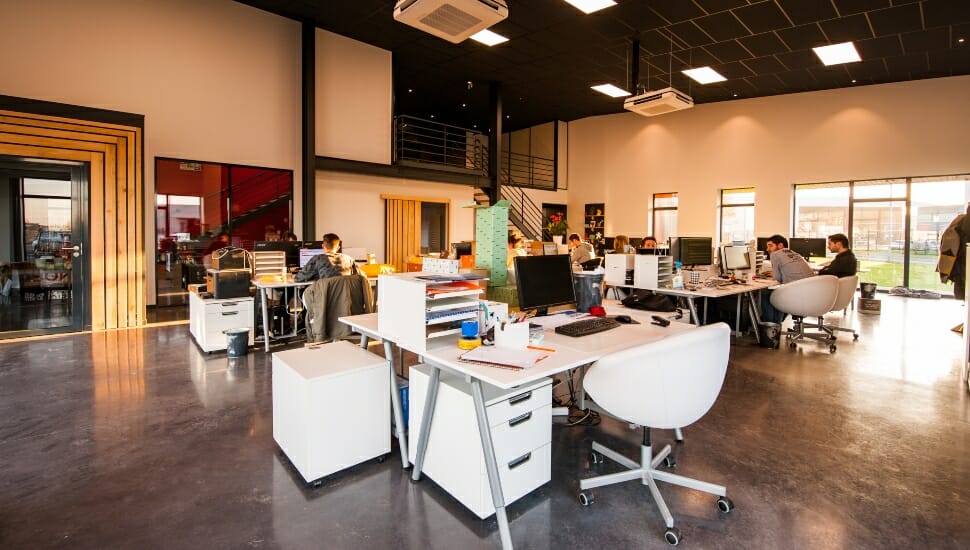
Work From Anywhere
From Matt Davis, director of technology and information systems, Haverford Systems Inc.

Technology research company Gartner, Inc. estimates that over half of the world’s knowledge workers are now remote. From now on, the average corporate meeting will have more remote attendees than in-person. This inverts the purpose of the typical corporate meeting space. No longer are companies primarily helping people in a building collaborate and share information effectively, but they’re supporting in-office workers as they communicate with a globally dispersed community.
To optimize the experience of this new hybrid reality, meetings launched from a corporate meeting space must be better than those held with everyone at their desks. Joining or launching a remote meeting should be easy.
In-room participants must be clearly visible and audible. In-person and remote participants should be able to see and edit documents and also see and respond to other participants’ verbal and nonverbal reactions.
To optimize the experience of this new hybrid reality, meetings launched from a corporate meeting space must be better than those held with everyone at their desks. Joining or launching a remote meeting should be easy. In-room participants must be clearly visible and audible. In-person and remote participants should be able to see and edit documents and also see and respond to other participants’ verbal and nonverbal reactions.
Achieving this benchmark requires prioritizing the remote experience. Remote participants shouldn’t just be able to see; they should be able to focus. Auto-framing and auto-tracking cameras can help ensure remote meeting participants are always looking at what’s important. Robotic cameras with remote control capabilities can also increase remote participants’ autonomy and engagement. Many PTZOptics and HuddleCamHD cameras have built-in compatibility with major UCC platforms, allowing users to take control of a meeting room camera directly from Zoom or Teams.
Ideally, the conference room should close the gap between videoconferencing and broadcast with ideal lighting, camera framing, acoustics, and microphone placement. The corporate meeting space should give people a reason to leave their desks.

